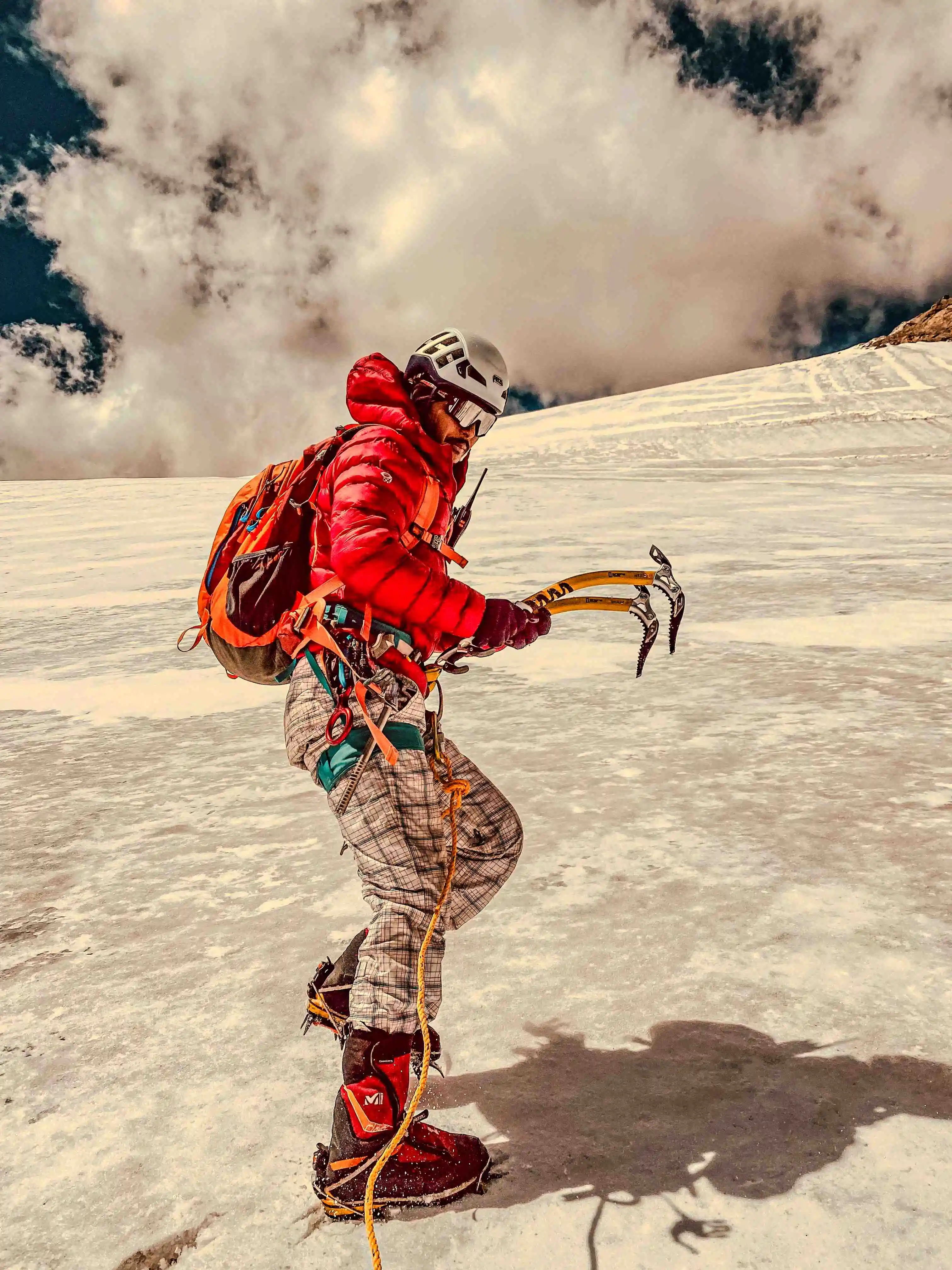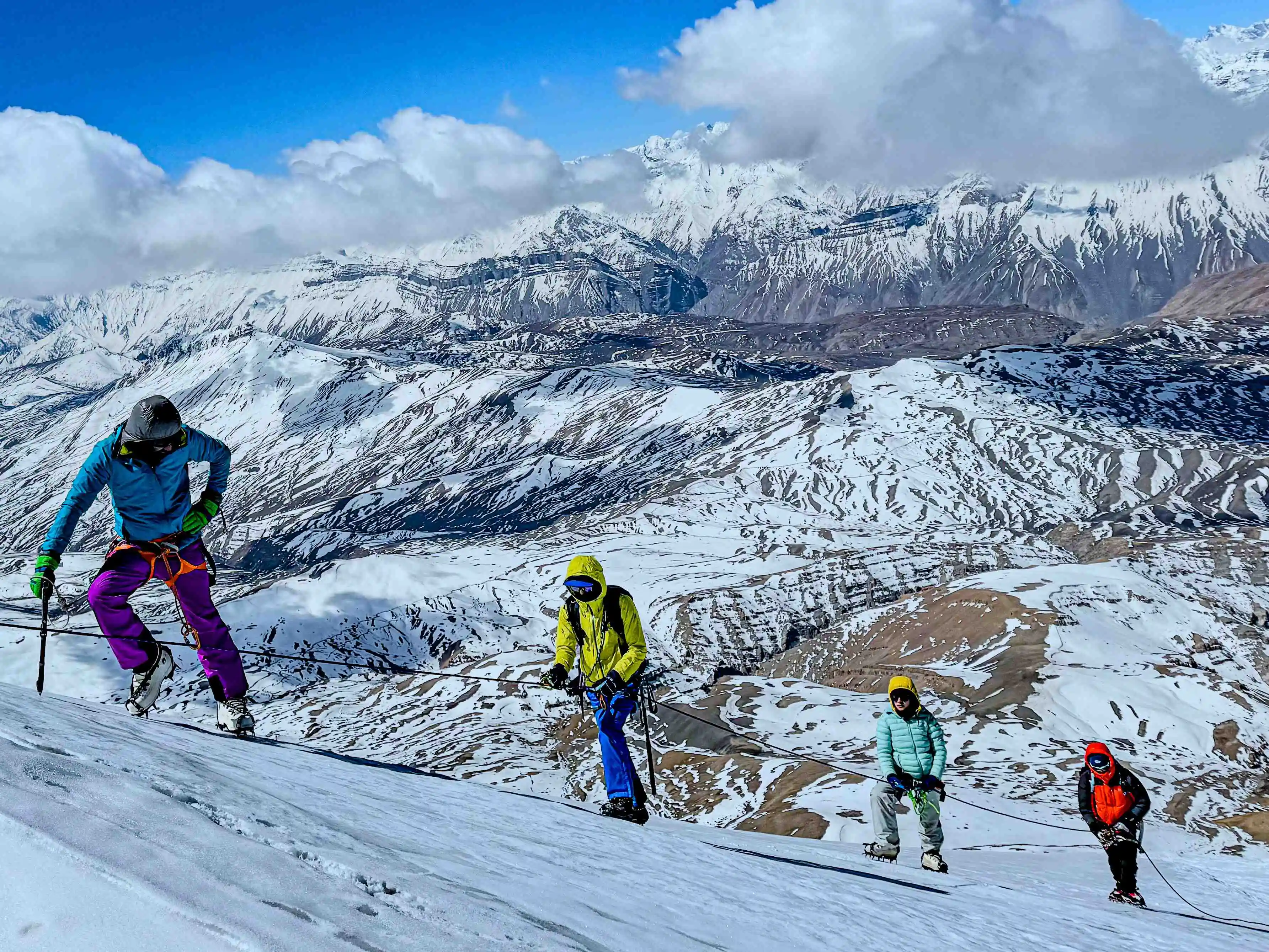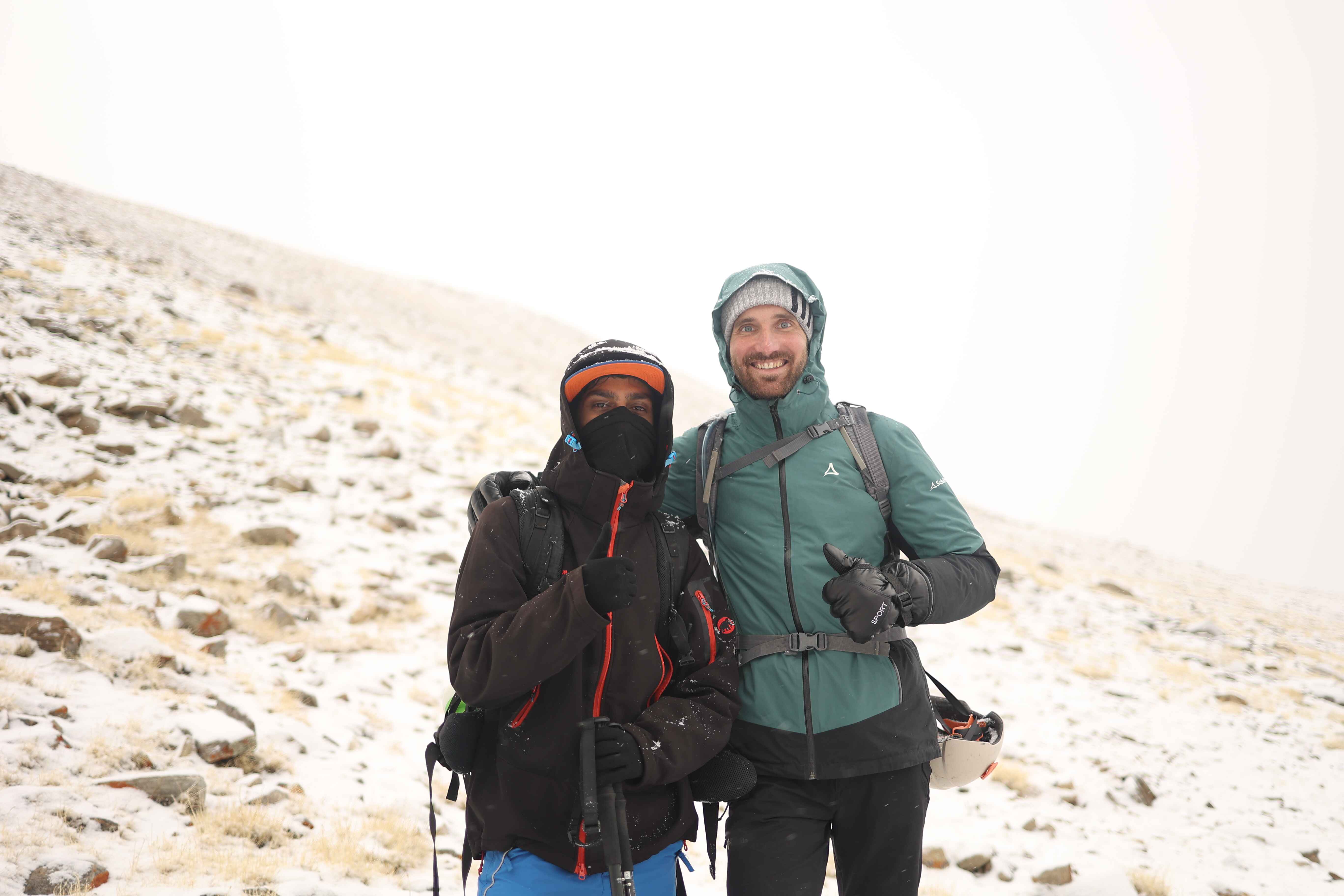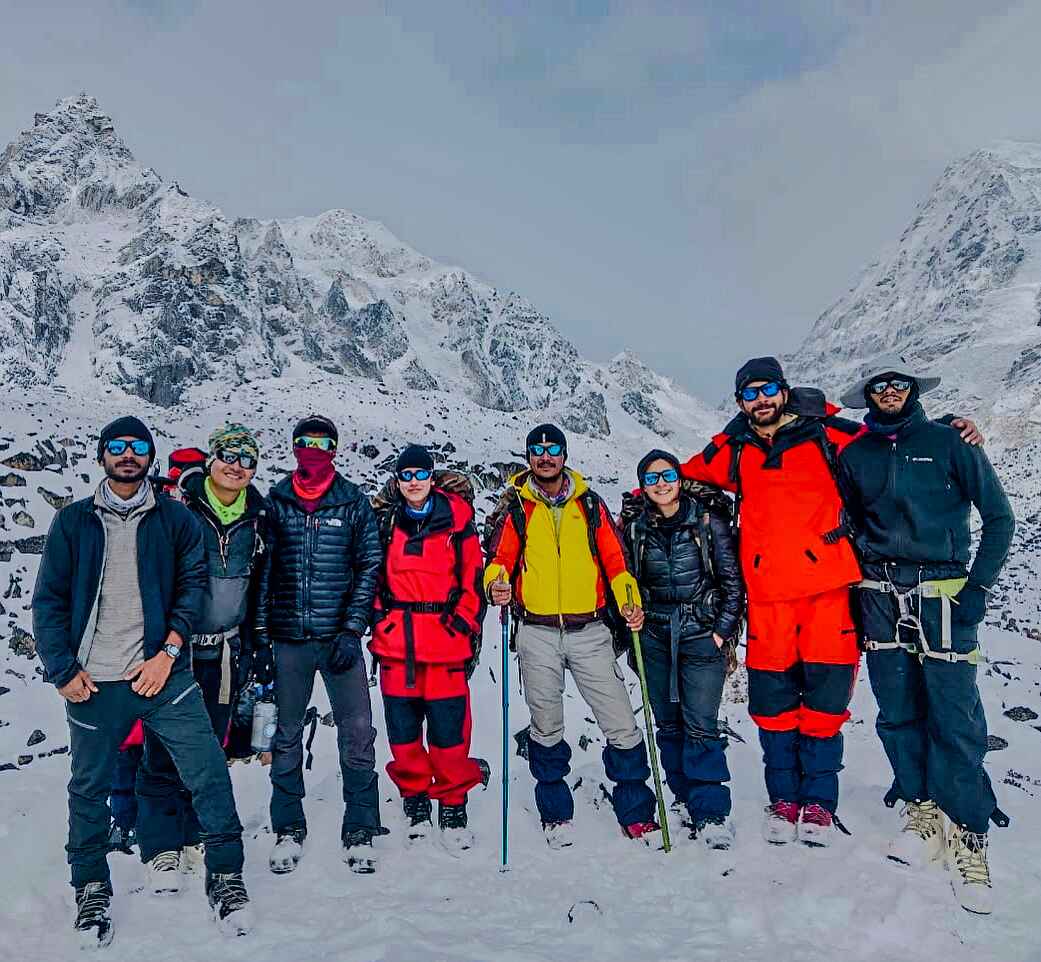How to Start Mountaineering in India: A Step-by-Step Guide
Mountaineering is one of the fastest-growing adventure sports in India, attracting a new generation of enthusiasts eager to explore the majestic heights of the Himalayas. However, while the idea of climbing mountains might seem romantic, the reality is far more demanding. Many people see pictures of climbers atop snowy peaks and assume it's just a matter of good physical fitness. But mountaineering is much more than that. It requires technical knowledge, experience, and a step-by-step approach to build the skills and resilience necessary to tackle high-altitude challenges.
If you're someone who dreams of standing on a summit and gazing at the world below, this guide will help you understand how to begin your mountaineering journey in India.
Step 1: Understand the Basics of Mountaineering
Before setting out, it's important to understand what mountaineering entails. It combines physical fitness, mental strength, and technical expertise. Whether it's navigating crevasses, using crampons and ice axes, or managing risks at high altitudes, mountaineering demands preparation.
The journey to becoming a mountaineer doesn't start on a mountain. It begins with learning.
Step 2: Enroll in a Mountaineering Course
In India, the best way to start mountaineering is to enroll in a Basic Mountaineering Course (BMC). Several prestigious mountaineering institutes across the country offer comprehensive training programs:
- Himalayan Mountaineering Institute (HMI), Darjeeling
- Nehru Institute of Mountaineering (NIM), Uttarkashi
- Indian Mountaineering Foundation (IMF), Delhi
- Atal Bihari Vajpayee Institute of Mountaineering and Allied Sports (ABVIMAS), Manali
The Basic Mountaineering Course will introduce you to essential techniques, such as ropework, climbing equipment, glacier travel, and survival skills. Once you complete this course, you can advance to the Advanced Mountaineering Course (AMC), where you'll refine your skills for more challenging climbs.
Step 3: Start Small – Climbing with Experienced Teams
After completing your courses, start with smaller treks and climbs under the guidance of experienced climbers or professional teams. Attempt peaks in the 4,000m to 5,000m range to acclimatize to high altitudes and build your stamina.
Some beginner-friendly peaks in India include:
- Friendship Peak (5,289m), Himachal Pradesh
- UT Kangri (6,070m), Ladakh
- Stok Kangri (6,153m), Ladakh
Joining expeditions with experienced teams ensures safety and provides a learning environment where you can improve your climbing techniques.
Step 4: Progress Gradually
Mountaineering is not a sport where you can jump to advanced levels overnight. It's essential to progress step by step:
- Start with 5,000m Peaks: Gain confidence and experience with moderate-altitude climbs.
- Start with 5,000m Peaks: Gain confidence and experience with moderate-altitude climbs.
- Climb 7,000m Peaks: After several successful climbs, challenge yourself with higher peaks such as Mt. Nun (7,135m) or Mt. Kun (7,077m).
Skipping steps can be dangerous. High-altitude climbs require thorough preparation, acclimatization, and an understanding of mountain weather and risks.
Step 5: Gain Technical Knowledge and Experience
Technical skills are crucial in mountaineering. This includes:
- Using ice axes, crampons, and ropes
- Crevasse rescue techniques.
- Navigation in snow and ice conditions.
- Managing high-altitude sickness and emergencies.
Practice these skills regularly to gain confidence in diverse terrains.
Step 6: Join Reputable Expeditions
As you grow in your mountaineering journey, participate in organized expeditions. Reputable organizations like Indian Mountaineering Foundation (IMF) and professional adventure companies conduct well-planned climbs with experienced guides and a support team.
Climbing with experts ensures your safety while allowing you to focus on developing your skills.
Step 7: Focus on Fitness and Mental Strength
Mountaineering requires peak physical and mental fitness. Prepare your body through:
- Cardio Workouts: Running, cycling, or swimming to improve endurance.
- Strength Training: Building core and leg strength for climbing.
- Flexibility and Balance: Yoga and stretching exercises to enhance mobility.
Equally important is mental toughness. The mountains can test your patience, resilience, and decision-making abilities in ways you can't imagine.
The Mountaineering Journey in India
India is home to some of the most breathtaking and challenging peaks in the world. With the right training, dedication, and gradual progression, anyone can embark on this thrilling adventure.
Remember, mountaineering is not a race but a journey. Take your time, respect the mountains, and prioritize safety over ambition. The rewards are not just in reaching the summit but in the lessons, experiences, and friendships you gain along the way.
So, if you're ready to take the first step, start with a basic mountaineering course, connect with experienced teams, and let the mountains inspire you.
Do you dream of standing on the summit of a snow-capped peak? Start your mountaineering journey today and experience the adventure of a lifetime!



